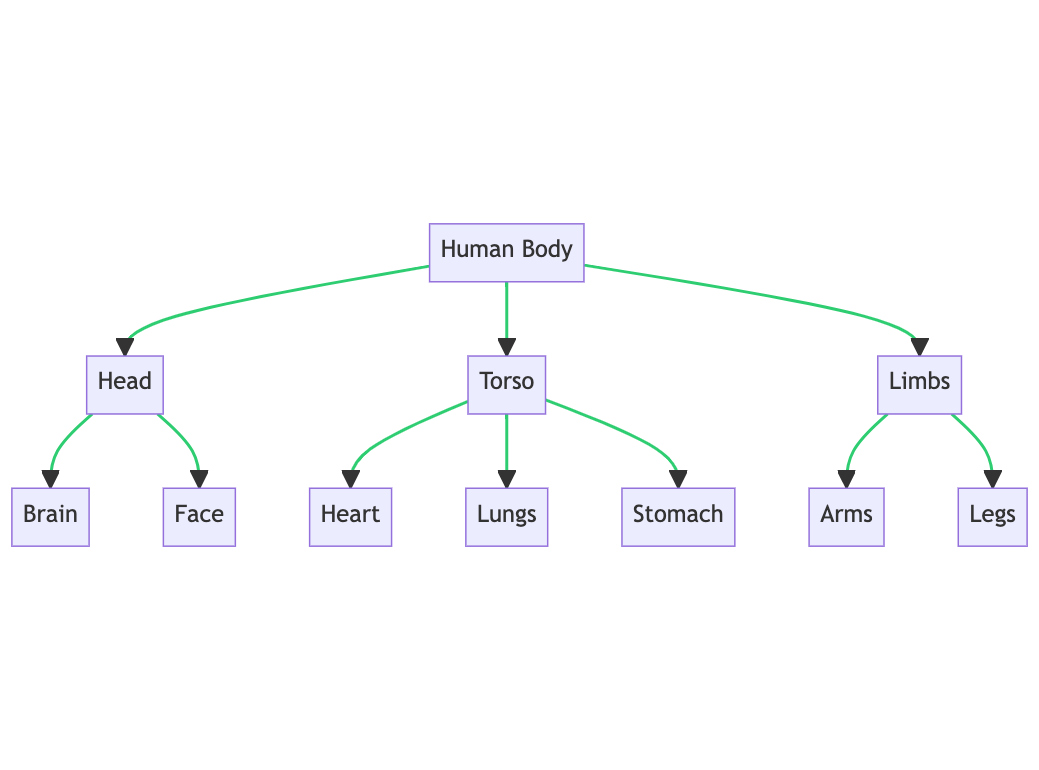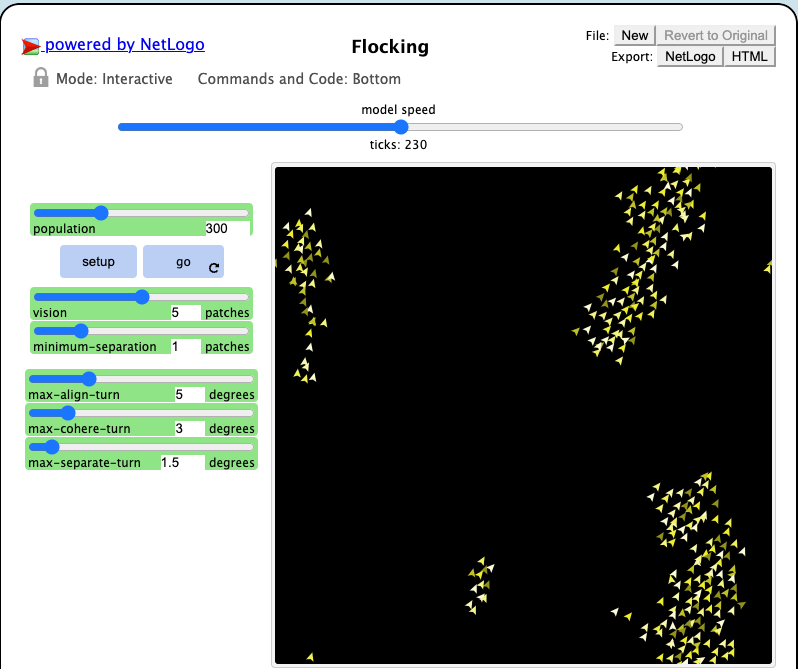What is Complexity?
Complexity is the quality or state of being complex. Complex systems are made up of many different interacting components. They are hard to understand, difficult to describe or model, and often display surprising behavior.
Complex systems are not the same as complicated ones. A complicated system such as a car or an iPhone may have many interacting components, but the causal relationships and connections between the components are well understood, mostly linear, and fairly predictable. We can make detailed plans to design them, replicate them, and repair them when they break. An expert mechanic can completely disassemble a car, put it back together, and it will work again.
In a complex system, the relationships between parts are so numerous and intricate that we can’t easily disentangle how they interact in order to produce unique behavior. Complex systems are characterized by non-linear dynamics that aren’t easily understood. For instance, we don’t know how consciousness emerges from connections within the brain. All living organisms are complex systems. You can’t dissect a frog, put it back together, and expect it to start croaking again: the connections between components are the essential feature of complex systems, not the parts themselves.
Complexity can be empirically understood as a measure of the total number of components, the number of different types of components, and the number of interactions within a system1. The more layered a system’s hierarchy and the more interconnected it is as a network, the more complex it becomes.
From this perspective, the human body is clearly more complex than an atom. All the components and interactions within an individual atom exist many times over in a human being, but no single atom could ever contain the vast complexity of a person.
Grappling with Complexity
The more complex a system is, the less useful the traditional scientific method is for understanding it.

The atoms studied by physicists are made up of a few fundamental components and subject to a handful of key forces. Atoms can easily be studied in controlled laboratory settings, and their behavior described by elegant mathematical equations.
Societies are highly complex systems with a vast number of interacting components and forces at play. We cannot place entire societies into labs and conduct controlled experiments on them, their behavior is simply too complex to be predicted by equations.
As complexity increases, fundamentally new types of phenomena emerge. The laws of physics can’t explain the characteristics of chemical compounds, and the laws of chemistry can’t explain the behaviors of biological life. Similarly, we can’t reduce all the nuances of human psychology and sociology to simple biological processes.

Greater complexity can be a gift, leading to new functionality and unexpected potential. We humans have so much more capacity to shape and adapt to our environment than our ancient ancestor, the single-celled organism.
But greater complexity also carries risks. The more components, links, clusters and hubs in a network, the more things can go wrong. Complex systems are more susceptible to risk due to small failures that can rapidly spread throughout the network, leading to snowballing consequences that impact the entire system. The COVID-19 pandemic was able to spread so rapidly around the world largely because our global economy is so dependent upon complex webs of interactions. We lacked the social and political will to “adaptively disconnect” in ways that would have reduced the virus's ability to find new hosts.
Because understanding the complexity within systems is essential to understanding their behavior, complexity science has emerged as its own thriving discipline. Modern complexity science has largely focused on studying ways in which different systems display complex behavior despite their dynamics being based on relatively simple rules. Complexity scientists are primarily interested in complex adaptive systems. In addition to being complex, these systems are self-organizing. They can adapt to environmental changes without a central authority directing their actions.
Agent-Based Modeling
One of the main tools used by complexity scientists is the agent-based model (ABM). ABMs are computer simulations where individual “agents” are programmed with simple rules and then let loose in their environment where the observer can see how they interact with other agents, and what sort of behaviors emerge.
One famous ABM demonstrates how the complex flocking behavior of birds emerges from each individual bird following a set of three simple rules:
Avoid collisions with nearby birds.
Try to match velocity with nearby birds.
Try to stay close to nearby birds.
You can play with the model here.
ABMs can be used to model a wide range of different phenomena such as segregation, spread of infectious disease, and traffic flows within a city. ABMs were used to inform the decisions of public health officials dealing with Covid. They’ve also been used by the International Monetary Fund to analyze risks in the banking system. I’ve found ABMs to be incredibly helpful for developing my intuition of how complexity arises. The Sante Fe Institute’s introduction to agent-based modeling was a great educational experience.
However, as George Mobus emphasizes in his latest systems science textbook, “the final manifestation of complexity is embodied in the structures and functions of the systems themselves.” It's one thing to use computer simulations to see how complexity emerges and might play out in the world. It's another to understand the specific ways complexity is actually showing up in real systems, in real time.
When I took Joe Norman’s course on Applied Complexity, I was exposed to a number of concepts and ways of thinking that greatly enhanced my ability to think about complexity in real world systems. One part of the course really stuck with me, when Joe was reflecting on his experience gaining a PhD in complex systems and working with colleagues at the New England Complex Systems Institute. From his perspective, a lot of the academic work being done in the complexity community felt like it was mostly traditional reductionist thinking with agent-based modeling slapped on. He felt the need for “something new” in terms of approaches to studying complexity.
I believe systems science has a major role to play in discovering and developing useful new approaches to understanding complexity, and plan to elaborate on what those could be as this newsletter develops. The objective is not to achieve methods of precise prediction and control over the behavior of complex systems, it is to support the development of tools and approaches that can help us grapple with complexity and understand its effects more clearly.
As system explorer Donella Meadows writes, “We can’t control systems or figure them out. But we can dance with them!”
What will it take to create healthier organizations, economies, and governments that are better equipped to deal with the new complexities we face in the 21st century?
What sort of new methods and software tools can facilitate greater capacity to understand and design complex adaptive systems? Not just for scientists and engineers, but for anyone who is interested in building functional systems?
How can we encourage greater collaboration between the systems and complexity communities?
These are some of the questions on my mind as I explore the rest of the principles of systems science, all of which are a consequence of high complexity. Next week, we'll be examining the principle of evolution.
A mathematical definition of complexity is presented in Systems Science: Theory, Analysis, Modeling, and Design Ch. 4 (p.371)







